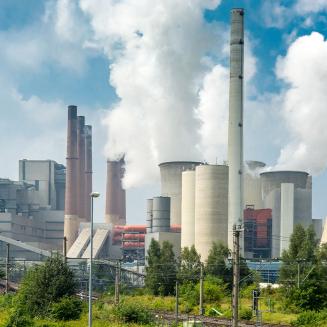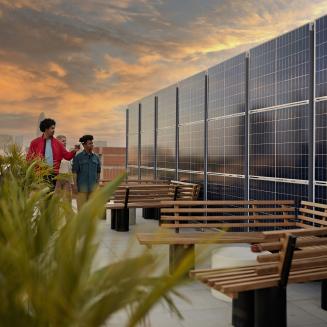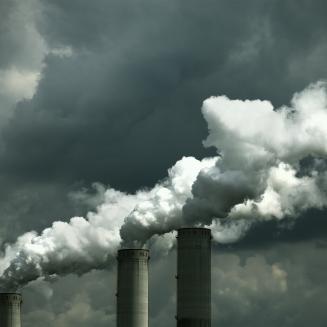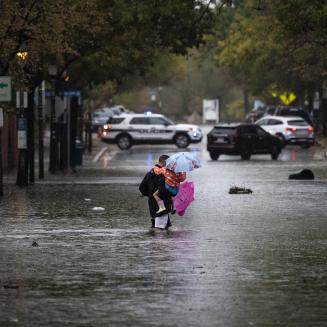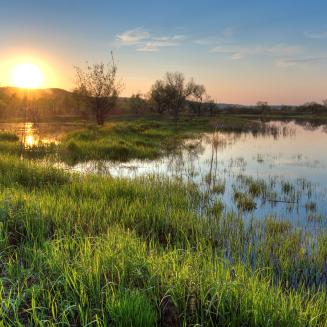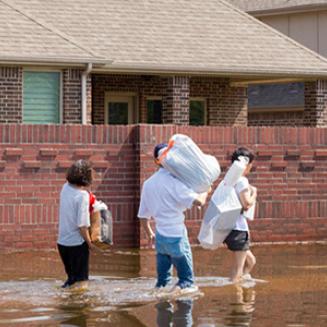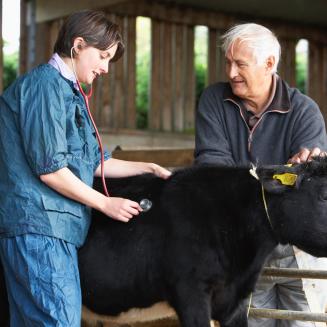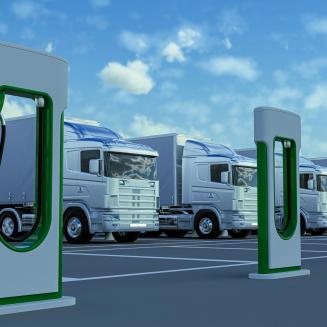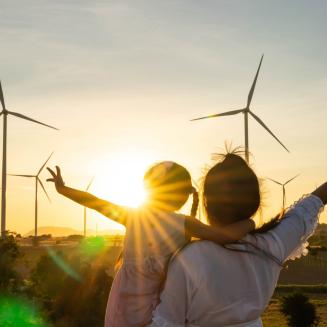Our work
Our work
Explore the work made possible by your support and activism.
Why U.S. states should put limits on climate pollution
Green jobs page
How could recent cuts to NOAA impact U.S. fisheries?
How the Trump administration is attacking limits on planet-warming pollution, putting us in danger
Endangerment Finding Legal Resources
Join us in advocating for wetland protections
Methane mitigation jobs are on the rise
Advancing equity and nature in federal flood resilience projects
2024 Impact Report
Ashoka-EDF Climate Corps: Nurturing climate leaders for tomorrow
Healthier animals, healthier people and a healthier planet
EDF’s key priorities for COP29
Studying the impacts of Solar Radiation Modification
Empowering local leaders: Resources for climate action
What will we grow here? An analysis of candidate species for open ocean aquaculture in the United States
What Will We Grow Here? An Analysis of Candidate Species for Open Ocean Aquaculture in the United States (White Paper)Fact sheetTruck and bus charging infrastructure needed to support the ACT in 18 states
Unleashing Advances in Science, Technology, and Artificial Intelligence to Support Sustainable Open Ocean Aquaculture in the US
Unleashing Advances in Science, Technology, and Artificial Intelligence to Support Sustainable Open Ocean Aquaculture in the US (White Paper)ReportHow wet must a wetland be to have federal protections in post-Sackett US?
Driving decarbonization through insurance innovation
Unearthing Pennsylvania’s Legacy of Orphan and Abandoned Wells
Navigating a Just Labor Transition: Unveiling the JLT Progress Scale and Strategies for a Fairer Future
A global and inclusive just labor transition: Challenges and opportunities in developing and developed countries
Air Quality Data Directory
ToolkitReducing shipping’s climate impact
A comprehensive integration and synthesis of methane emissions from Canada’s oil and gas value chain
Analysis











